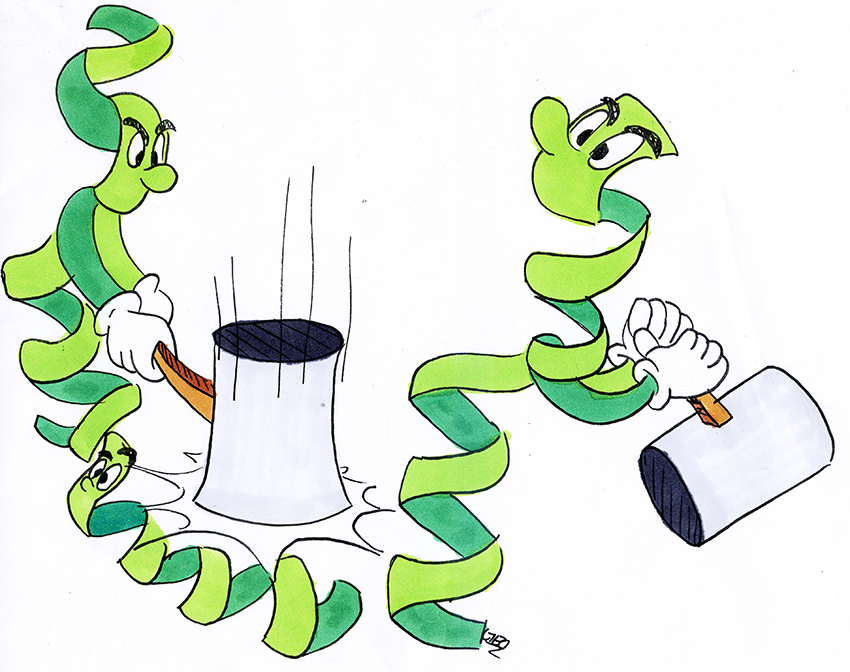Proud of your leg-day muscles? You can thank the Myomaker and Myomixer proteins.
Eric Olson, professor and chairman of molecular biology at UT Southwestern, and Rhonda Bassel-Duby, molecular biology professor, discovered that a protein called Myomixer is essential for fusing together skeletal muscle tissues.
“Skeletal tissue is the largest tissue in the body, accounting for roughly 40 percent of all human body mass,” Bassel-Duby said.
Until this year, Olson and Bassel-Duby only had one half of the puzzle: the duo discovered Myomaker, another muscle-forming protein, in 2014. This year, they found that the two proteins work together to bind muscle tissue.
“To form muscle, you have to fuse individual cells together to form muscle fibers,” Olson said. “And what we discovered in this paper is that the formation of all the muscles in the body requires two proteins: Myomaker and its partner Myomixer. When those two proteins are present together, they drive the fusion of cell membranes to form muscle fibers.”
An essential feature of muscle cells is that they have multiple nuclei, which allow muscle cells and other similar cells to combine and form larger skeletal structures, according to Bassel-Duby.
“When the two genes (for) Myomaker and Myomixer are expressed, cell fusion begins,” Olson said.
Myomaker and Myomixer proteins work on the membranes of these cells to kickstart the process of forming connected tissues.
“We noticed that if we actually removed (Myomaker and Myomixer) from the developing muscle tissue, we did not get any muscle fusion,” Bassel-Duby said.
This discovery has implications for treating diseases like muscular dystrophy and other muscle diseases, Olson said.
“One of the most interesting discoveries was that if you take Myomaker and Myomixer and introduce them into other cells, not muscle cells, they also … fuse together, so this offers opportunities for various therapeutic interventions,” Olson said.
Olson said the team can potentially deliver the genes responsible for making Myomixer and Myomaker into other cells through a viral delivery system.
“A cell that has a mutation, in that it does not produce (Myomixer and Myomaker), the virus will allow it to express the proteins in a non-muscle cell and now this cell will be able to fuse with other cells,” Bassel-Duby said.
Olson and Bassel-Duby are still trying to figure out precisely in what way the proteins interplay, but Olson said they serve as the missing pieces to the mystery behind muscle formation.
“Scientists have been trying to understand how muscles form through fusion for decades,” Olson said. “And these two proteins are the key to understanding that process.















